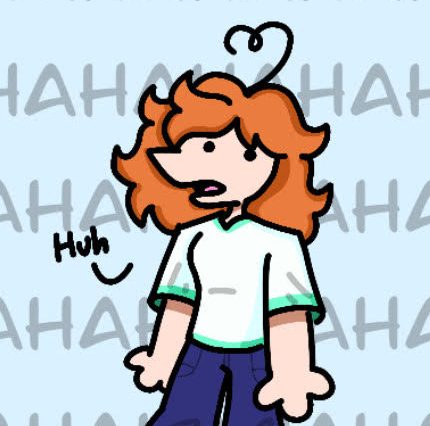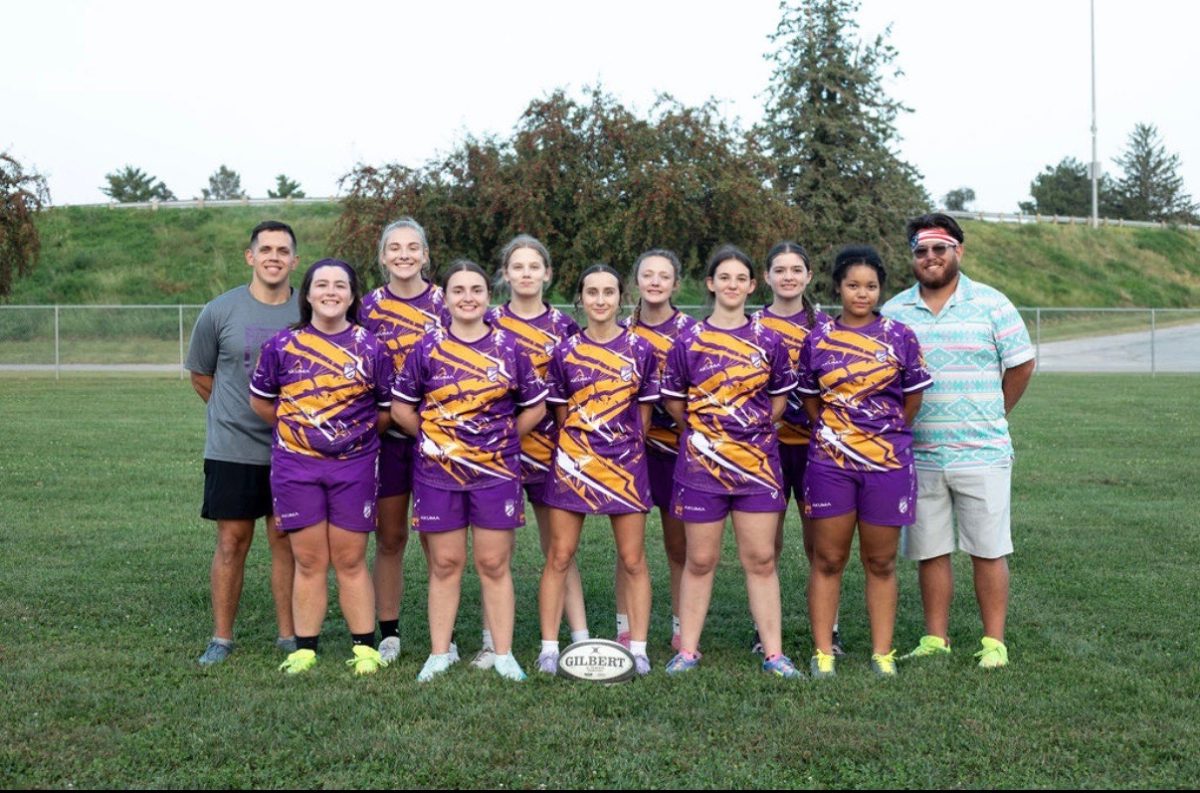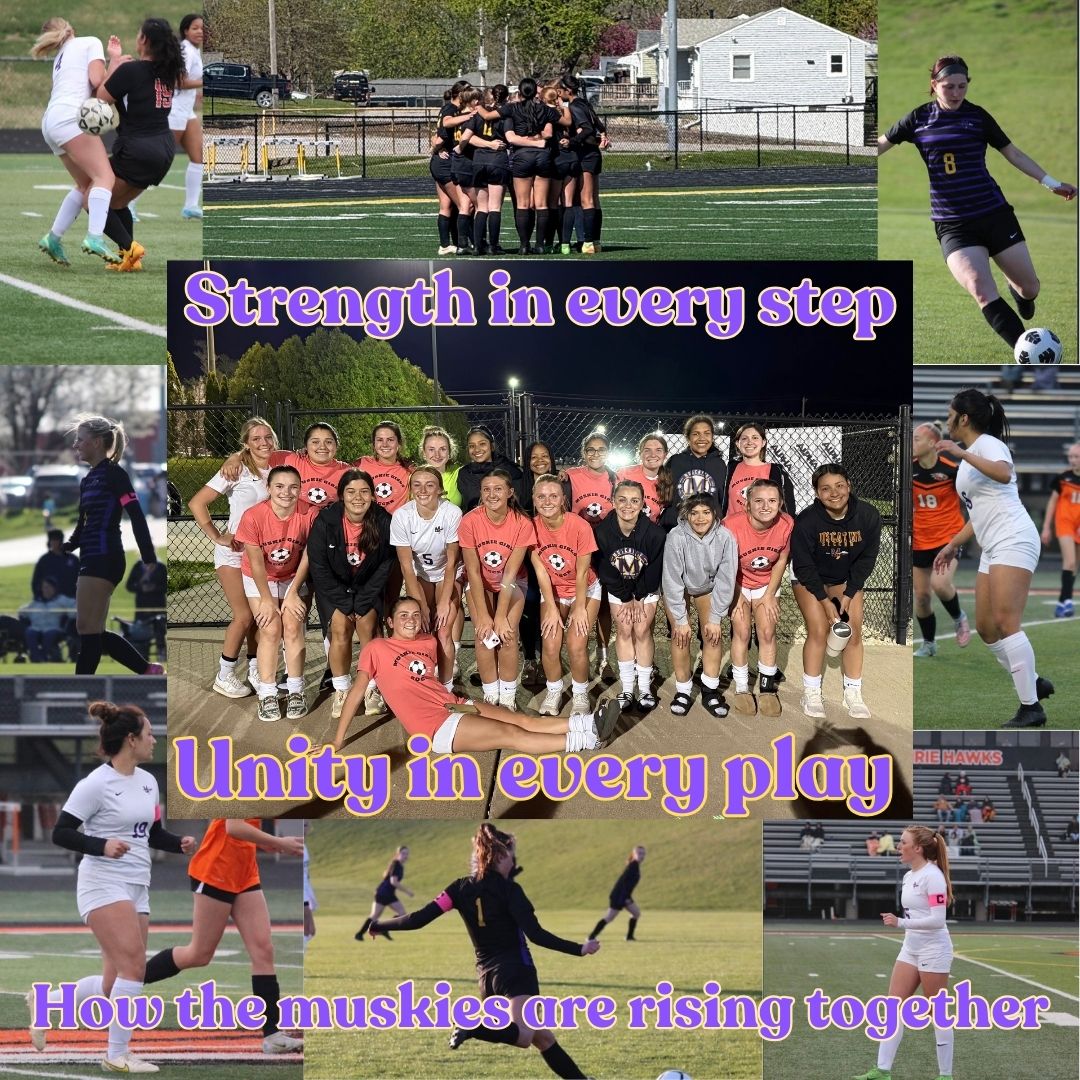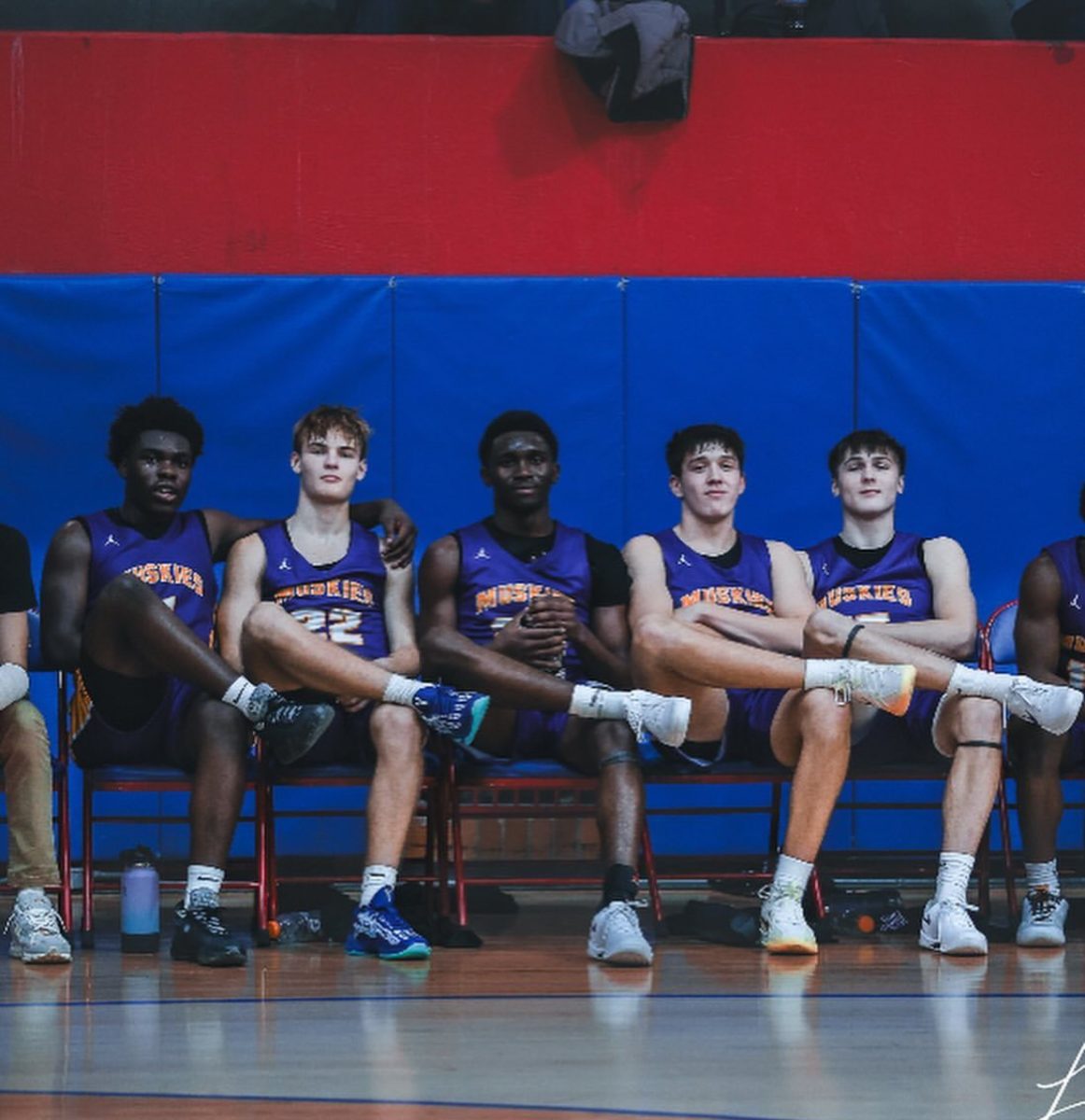Most MHS students are aware that Muskie Time is not the same as before, but why were changes made to the schedule, and what are they?
In prior years, Muskie Time has been that of individual choice and decision-making. Students could access their adaptive scheduler in PowerSchool to sign up for a Muskie Time slot in almost any teacher’s classroom. Teachers could also request students for a multitude of reasons.

Muskie Time is a blocked-out time after the second period to work on homework, take or retake tests, and even get homework help. This is also a time that clubs such as Key Club, FCA, Ethnic Club, and more, meet with students, but this year there has been a change to the structure of Muskie Time.
This year, students do not have the ability to choose where they want to go manually. Students can only be requested by their teachers if they possess D’s or F’s in their classes. Students can also be requested by a club advisor to attend those meetings, and requests can start as early as Tuesdays.
Teachers can use the time with the requested students to offer enrichment, reassessment, or homework help. If the student doesn’t meet the criteria to be requested they should be staying in their second-period classes, but why were these changes made?
In the past, as structured as Muskie Time was, there was still an ample amount of students wandering the halls or even without a teacher. This left security staff members to enforce hallway expectations more frequently. Some believed more structure was needed for students during this time.
How do you feel about the new Muskie Time rules and structure?




























